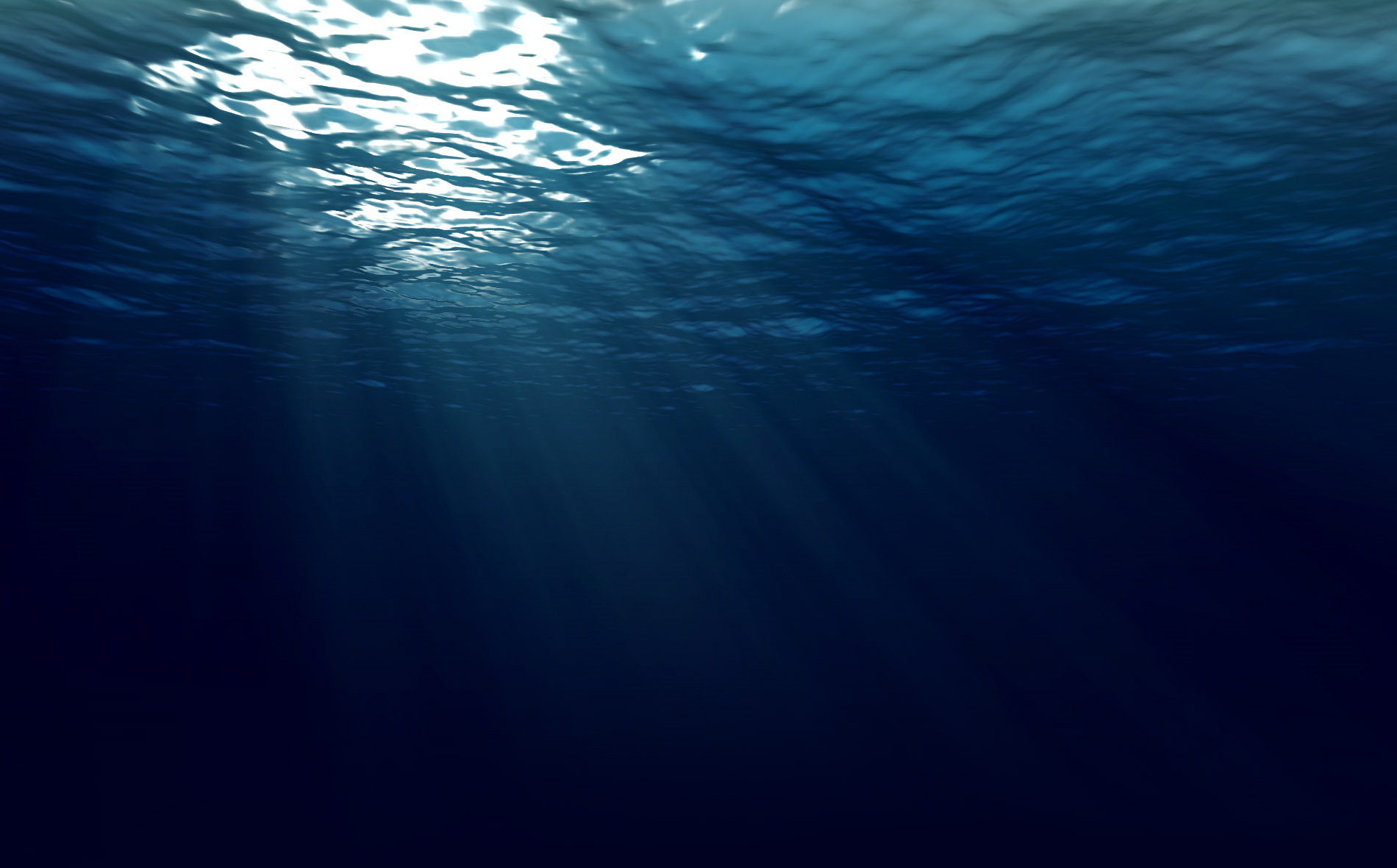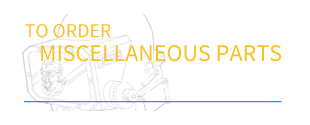Diving in Contaminated Water
WARNING:
Diving in contaminated water is very hazardous. It should not be attempted without through training and proper equipment.
NOAA Diving Program: Contaminated Water Diving Reports
OSHA: Hazardous waste operations and emergency response. - 1910.120
DESCO recommends using a free flow style diving helmet with a double exhaust valve, mated to an appropriate drysuit, for contaminated water diving operations.
Our intent is to point out the clear advantage our helmet has in performing in the worst chemical, biological, and nuclear contamination environments.
In contaminated diving situations doing away with the demand feature and going "free flow" is the logical and safest course. The DESCO Air Hat is the preferred helmet for contaminated water diving. The “free flow” through the helmet assures constant overpressure is maintained. Having air constantly passing out of the exhaust valve greatly reduces the potential for contaminates to leak back into the helmet. This feature is especially desirable when diving in highly caustic or dangerous environments such as fuel tanks, acid storage tanks, or nuclear fuel transfer pools.
Increasingly, divers are asked to work in contaminated environments. Harbors, urban rivers, sewage treatment plants, and nuclear power stations are just a few places a diver may find a jobsite. A demand helmet suffers from a susceptibility to a basic law of physics. Operation of the demand valve will cause fluctuation in the pressure differential and potentially permit leak back of contaminated water through the exhaust valve. Double exhausts reduce the chances of contaminated water leaking back into the helmet. Stacking additional exhaust valves will further reduce the likelihood of leak back but this adds more working parts to the helmet. This does not change the fact that constant outflow is the best way mitigate leak back.
Another consideration is if leak back occurs on a free flow helmet the leaked water will normally collect in the bib, neck dam, or body of the dry suit. On a demand helmet the water will be leaked back into the oral/nasal where the diver can ingest it through inhalation or swallowing.
The DESCO Air Hat
The most important advantage the DESCO Air Hat has over a demand helmet is the free flow design maintains a constant overpressure and minimizes the potential for leak back. It is the standard helmet for use in inland contaminated diving.
Breastplated helmets fitted with double exhaust valves.
The DESCO Nuclear Helmet
The DESCO Nuclear Diving Helmet has features for use in extreme contamination situations. The standard banana tube exhaust is replaced with a Helium type double exhaust mounted on top and in back on the shell. The brass "Screw In" front door is replaced with a clear shatter resistant Acrylic "Screw In" front window. The air control valve is integrated into the helmet and the air is ducted to the windows through tubes from a central diffuser. Communications is through two blind terminals set in Phenolic insulators which straddle the air inlet elbow.
The DESCO Nuclear Helmet came into being from a design by John Peterson of Peterson's Diving of Chicago, IL in the late 1980's. Three diving firms (Peterson's, Scott, and Chicago) in northern Illinois were owned by extended family members. After John retired these helmets were used by Scott Diving in nuclear power plant maintenance dives. Since preventing water infiltration is critical in nuclear diving every method available to prevent it was incorporated into the design.
The Browne Commercial Diving Helmet
The Browne Commercial Diving Helmet is similar in design to the Japanese and Bob Kirby helmets favored by many commercial divers. Its standard features include oversized windows sealed with O-rings, an integrated air control valve, a large air diffuser/muffler, a low profile air/communications block, and a double exhaust valve.
The DESCO Air Hat and Contaminated Water Diving
Over the years we have received calls and e-mails requesting information on how the Air Hat and it's individual components will stand up in various contaminants and chemicals. To the best of our abilities we provide accurate and concise information on how a particular chemical will affect a seal or part. It is amazing what today's divers are expected to contend with. One particular request was from a diver who needed to inspect a vat of 98% Sulfuric Acid. That is a extreme environment to be putting a person into. We contacted our suppliers and researched on the internet to give the customer the best available information. He had a big job as not just the helmet needed looking at, but also his drysuit, umbilical lines, harness, bailout system, weights, and everything else he needed to carry needed to be vetted. Where he was going was no place to leave anything to chance.
A free flow diving helmet is the best choice for a safe dive in contaminated water. The constant overpressure in the helmet virtually eliminates leak back through the double exhaust valve (provided the valve is operating properly). We have seen a rise in not only diving in polluted water, sewerage systems, and nuclear plants, but also in chemical environments such as Sulfuric Acid, Diesel Fuel, Gasoline, paper pulp, and Lye. Many liquids divers find themselves in today will do much more than cause a rash. It is imperative that a dive supervisor knows what is in the site but also how it will effect the equipment being used. All possible hazards must be contemplated and accounted for. Any potential source for compromising the helmet and drysuit need be addressed. Selection of the best available equipment for the job is essential.
The demand vs. free flow debate
In 1990 Steven Barsky wrote a book called Diving in High-Risk Environments. The book emphasizes the need to use the best principles and practices when diving contaminated environments. It covered the many aspects of this type of diving and is valuable in that it led to greater dialog and awareness about contaminated diving. While it is a comprehensive and well written volume we do take issue with a few opinions of Mr. Barsky's. His book includes photos of the Air Hat, Mark 12, and AH 2. There is no photo of a bonnet/breastplate helmet so we are forced to assume his comments are directed at low volume non-breastplated helmets so our comments will be directed as such.
Excerpted from Diving in High-Risk Environments by Steven M. Barsky:
Page 49, Diving Helmets paragraph 1
"Commercial diving companies typically use free-flow diving helmets for contaminated water diving operations. Their rationale for this is that a free-flow helmet will keep any contaminates from entering the helmet. These types of helmets require greater skill in use, particularly when used in conjunction with a dry suit, since the helmet is open to the interior of the suit. Varying the flow of air in and out of the helmet controls your buoyancy since this changes the volume of the suit as well. This type of gear is much more complicated to use than a helmet equipped with a demand regulator, which is the principle subject of this book. It is also more expensive and requires more logistical support."
Where a diver might have a buoyancy control issue a dry suit fitted with a neck seal segregates the helmet and the suit and eliminates the condition Mr. Barsky alludes to. Inflation and dump valves installed on the suit effectively regulate buoyancy. Even in a suit without a neck seal a constant overpressure in the system would be more predictable than pressure variations caused by a demand system. Achieving acceptable buoyancy control with any setup should be well within any capable diver's skill set. As far as being more expensive and requiring more logistics demand systems add a layer of complexity and the logistical benefit would derived only where a limited gas supply is available. It is conceivable today's divers might take offense to the inference that old time divers in bonnet and breastplate were more skillful divers due to their mastery of the unwieldy gear.
Page 49, Diving Helmets paragraph 4 Mr. Barsky talks about exhaust valves:
"The major disadvantage of the demand helmet in contaminated water diving is that every time you inhale, you create a slight negative pressure inside the diving helmet. This can allow water to leak into the helmet. Contaminants can also enter the helmet through the exhaust valve unless it has been specially modified. To prevent any back-flow of contaminants into the helmet, a series or double exhaust must be used.
The double exhaust system is a series or stacked exhaust system in which two exhaust valves are placed in line with each other. Any contaminant that makes it past the first exhaust valve will usually be stopped by the second one. This type of exhaust system was developed by Diving Systems international."
We don't know when the company named in the text developed their double exhaust valve. It is not clear if the reference is to the introduction of their double exhaust valve or of the concept. This is a rare instance of where Mr. Barsky's writing can be faulted. The lineage of the double exhaust valve is not hard to trace back so we will give the benefit of the doubt. However here is a short history of the double exhaust valve as we know it.
In 1942 Emerson Buie included a double exhaust valve on the Buie Helmet made by DESCO for the US Navy during World War Two. It consisted of a Navy exhaust mechanism and a secondary non adjustable spring loaded exhaust disk. There may be examples of double exhaust valves before this of which we are not aware.
In 1953 the US Navy changed the design of the USN Helium Helmet to incorporate a double exhaust valve. This is actually a misnomer as the Navy Helium helmet has a triple exhaust valve. The standard Mark V exhaust mechanism is present. A secondary double exhaust is fitted at the end of the tube. The secondary valve was a non adjustable stack of two rubber exhaust disks from the Jack Browne Mask. This valve was installed to prevent salt water incursion which could lead to Chlorine gas being created in the Baralyme. It in effect made a triple exhaust valve assembly in the USN Helium Helmet as it still retained the Navy exhaust mechanism in front.
Other manufacturers valve may have predated ours, of which we have no direct knowledge. DESCO introduced it's double exhaust valve on the Air Hat in 1987. It was offered as an option to the standard single exhaust valve. In 1988 almost 50% of the Air Hats were ordered with double exhaust valves. By 1990 very few Air Hats were sold with a single exhaust valve. In 1994 the Air Hat listed the Double Exhaust Valve and Double Air Inlet Elbow as standard.
There is no debate that a double exhaust valve will greatly increase safety in contaminated diving. We can't name a modern diving helmet that doesn't have or offer a double exhaust valve. The demand vs. free flow debate will probably rage on as long as there are divers. There are tradeoffs with either choice. The goal is to make those tradeoffs balance in your favor while you are in a hazardous environment. Dive safe.
Some years ago Mr. Fifield was contacted about how the Air Hat would perform in keeping vapors out in a toxic atmosphere. Here is how he replied:
You have asked whether toxic vapors can accidentally enter a DESCO Diving Hat while it is being used above water in a toxic atmosphere.
Obviously no vapor can enter the hat so long as a positive pressure (greater than ambient) exists in the hat. Air is then being exhausted from the hat, and there is no way that vapor can come in.
Negative pressure can occur in the hat only if the diver inhales at a rate greater than the rate of delivery of surface air into the hat. This is not a normal use of the hat and is uncomfortable to the diver. Divers should, nevertheless, be warned to maintain an adequate influx of surface air at all times while in a toxic atmosphere.
The hat can, however, be made proof against the intake of outside vapor even in the presence of a negative pressure inside the hat. Referring to the drawings in the hat instruction sheet, a copy of which is enclosed, it will be noted that these are only two places where vapor could enter the hat, one being at the neck ring and the other at the exhaust valve.
Therefore, a hat used under these conditions should be equipped with the DESCO double exhaust maintained in good condition, and the neck seal should be adjusted so as to be air-tight. The hat then will be proof against any entry of vapor even if the diver should cause a negative pressure to occur.




 0 Item(s)
0 Item(s)




